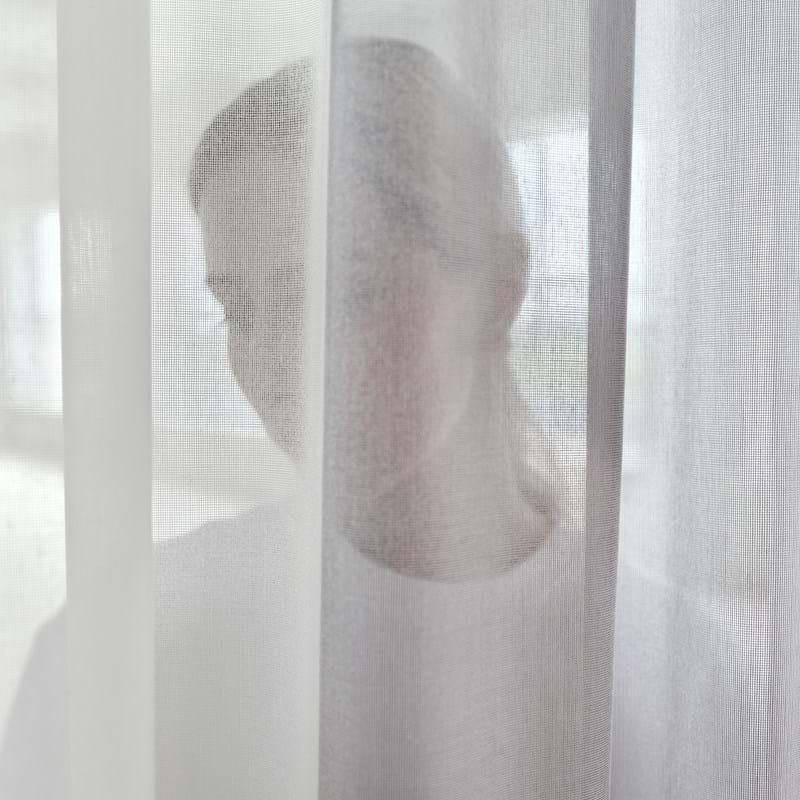To make it easier to find the right textile for the right place, we have classified all our hanging textiles. The classification is based on measurements from an external test laboratory, which has tested all our hanging textiles according to a standard for visual comfort.
With this classification, we can transform technical data into softer values and factors that are relevant when designing an environment, making it easier to navigate the properties of different textiles.
Each textile receives a value between 0 and 4 across several different characteristics that are important for visual comfort. A high value indicates a strong effect within that characteristic, but it does not mean that the highest is always the best. The right choice depends entirely on the environment and the need.
How to use the classification
Every environment is unique. There is no single textile that scores top marks in everything – nor is that the point.
A textile that excels at reducing glare (glare control) will be less effective at letting in daylight (daylight utilisation). Another may have a high value for view (visual contact with the outside) but a low value for light reflection.
The purpose of the classification is to help you quickly identify which textiles match your needs. To do this, you first need to ask yourself what the room or window section requires:
- Is it important to preserve the view?
- Is strong glare control needed?
- How much daylight needs to come in?
- Which orientation is it facing?
With this knowledge, it becomes easy to use the classification as a tool in the design process and to create environments with balance, function, and visual comfort.
Which properties do we measure?

Glare control
How effective the textile is at reducing glare.
If glare is an issue, choose a textile with a high value.

Daylight utilisation
How much daylight the textile lets in and makes usable within the room.
If you want to maximise daylight indoors, choose a textile with a high value.

Visual contact with the outside
How well the textile preserves the view through the window.
If you want to see what is happening around you – choose a textile with a high value.
If you need privacy – choose a textile with a low value.
How is the classification made?
The basis for the classification is SS-EN 14501:2021, a standard for visual comfort. Our hanging textiles have been measured at an external, independent test laboratory. The measurement values have then been translated into a more comprehensible scale based on the three most important factors in daylight: glare control, daylight utilisation, and visual contact with the outside.
The purpose of assigning numbers to these factors is to quickly identify textiles with the right properties, entirely according to what the room, purpose, or design requires.
Measurement points for visual comfort:
Light transmission
How much light passes through the textile.
Light reflection
How much of the light is reflected by the exterior/back side and therefore does not enter the room.
Light absorption
How much light is absorbed by the textile.
Thermal comfort
How the textile affects the room temperature by reflecting solar energy away.